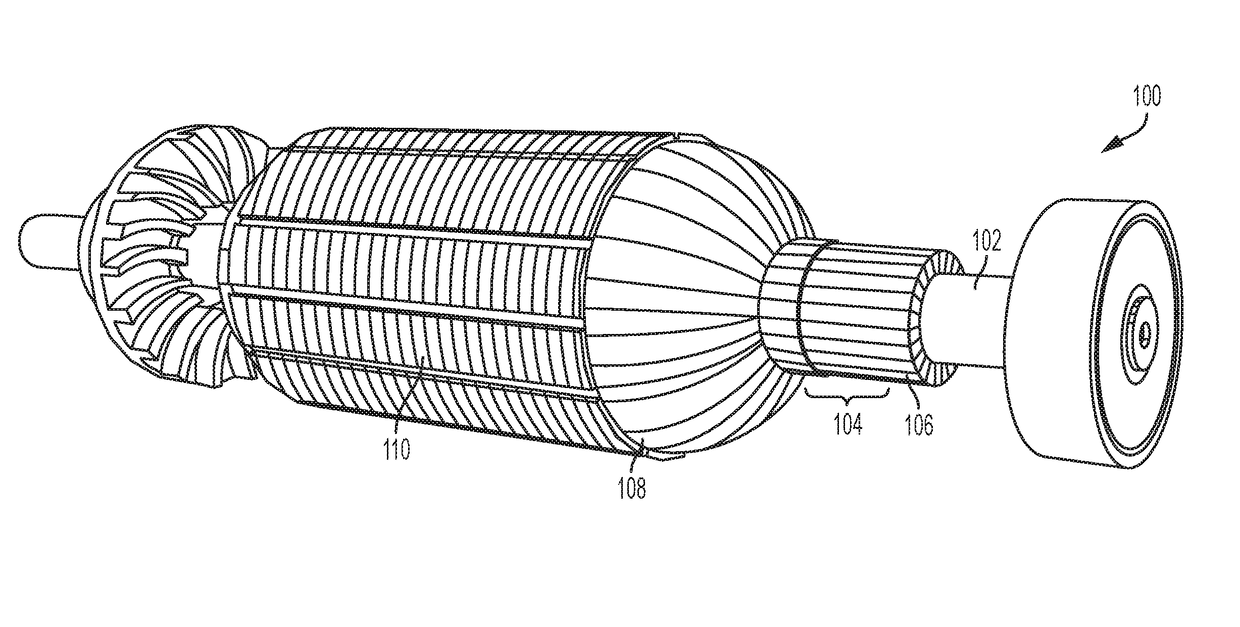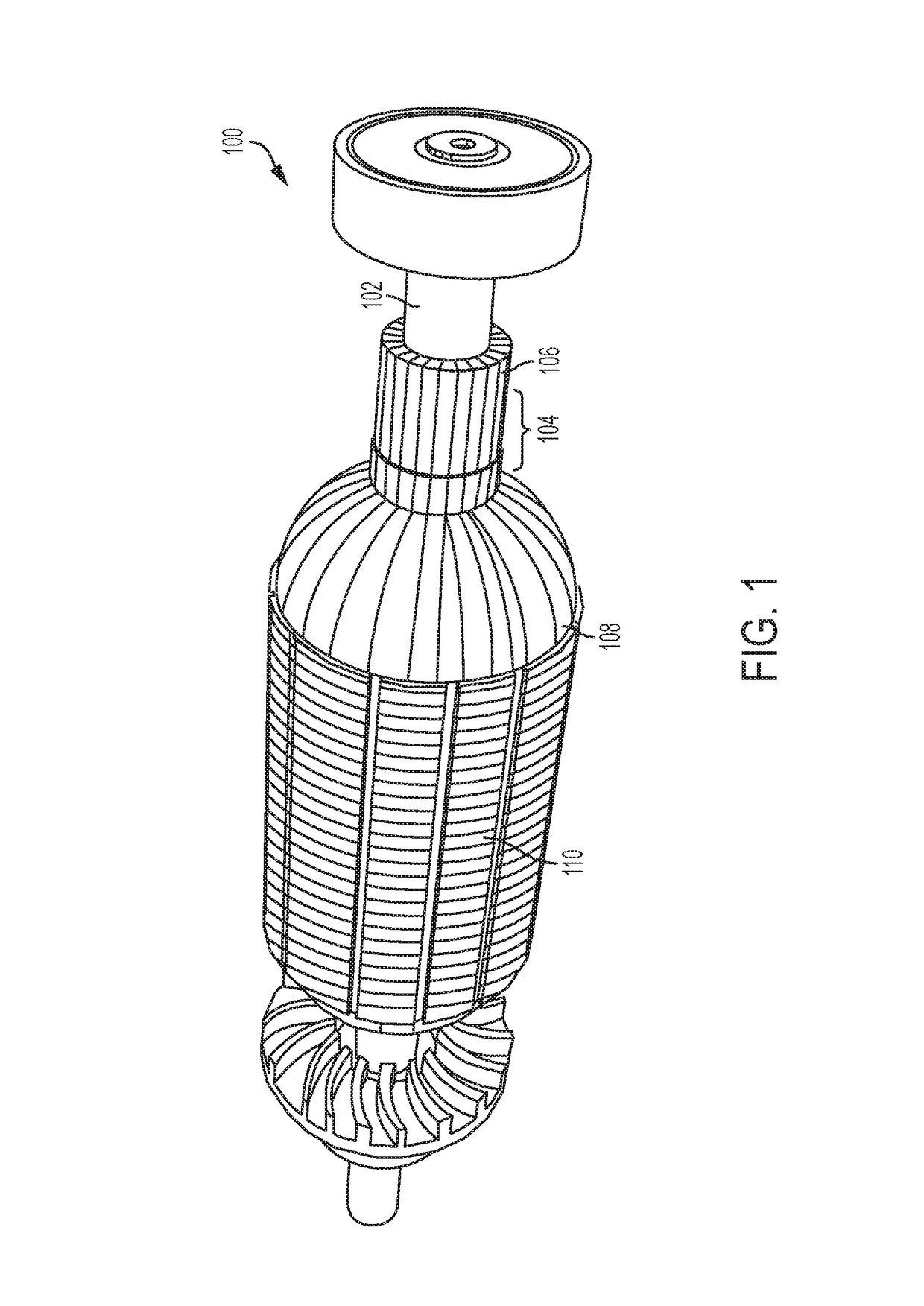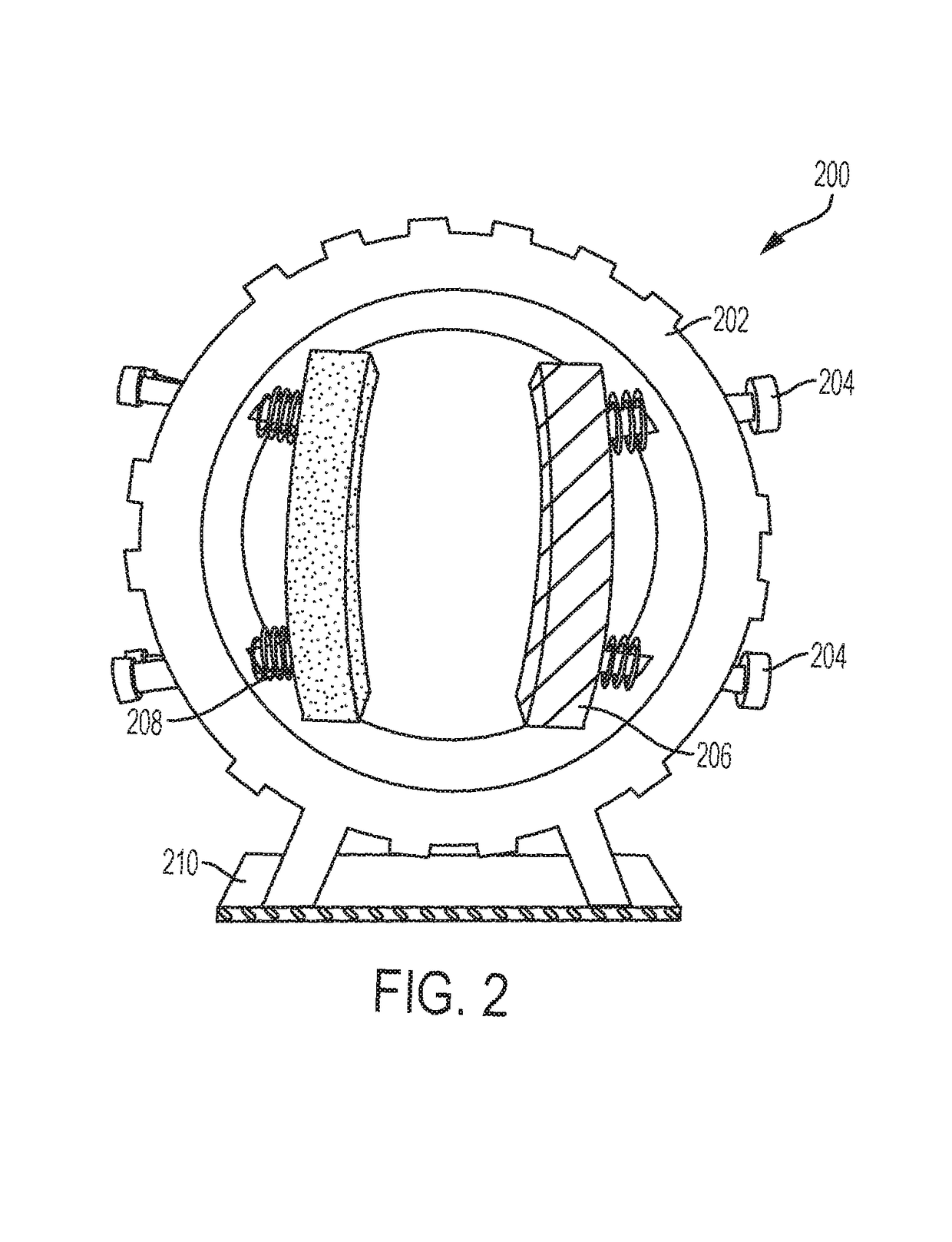Systems and methods for generating electric power with an electric motor
a technology of electric motors and electric motors, applied in the field of generators, can solve the problems of limiting the ability to have a more productive life, reducing the efficiency of electric motors, so as to ensure the safety of the population, supply more electricity than it consumes, and small size
- Summary
- Abstract
- Description
- Claims
- Application Information
AI Technical Summary
Benefits of technology
Problems solved by technology
Method used
Image
Examples
Embodiment Construction
[0031]The benefits provided by embodiments of the generator include improved methods of manipulating magnetic fields for power generation. In some embodiments, a common AC or universal motor is modified to function as a generator connected to a power source, such as a battery.
[0032]In some embodiments, the generator may use a traditional rotor that is used in electric motors, such as a treadmill, electric saw, or grinder. FIG. 1 illustrates a common rotor 100 with a shaft 102 that is designed to rotate around a longitudinal axis that runs down the center of the shaft 102. The rotor 100 may rotate in a clockwise or counter-clockwise direction. A commutator 104 surrounds the shaft 102 and consists of a number of strips or contacts 106 for connection to a power source. The rotor 100 also includes coils / windings 108 that comprise copper wiring that is wound throughout a portion of the length of the rotor 102. Generally, coils / windings 108 may be copper wires that are laid in coils usual...
PUM
 Login to View More
Login to View More Abstract
Description
Claims
Application Information
 Login to View More
Login to View More - R&D
- Intellectual Property
- Life Sciences
- Materials
- Tech Scout
- Unparalleled Data Quality
- Higher Quality Content
- 60% Fewer Hallucinations
Browse by: Latest US Patents, China's latest patents, Technical Efficacy Thesaurus, Application Domain, Technology Topic, Popular Technical Reports.
© 2025 PatSnap. All rights reserved.Legal|Privacy policy|Modern Slavery Act Transparency Statement|Sitemap|About US| Contact US: help@patsnap.com



